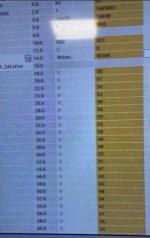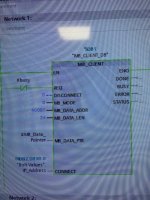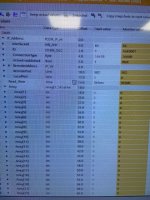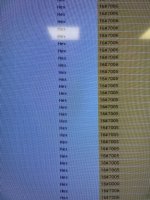I'm trying to set up some comms for a new bit of kit we're getting. The OEM has supplied a simulator software in order to do this.
I need to read 20 registers from the simulator over Modbus TCP from their Modbus server so I've created a MB_Client block and it's happily doing it's thing. The issue I have is that the values it is reading are jumping from the actual values to zeroes.
After trying different block versions, TIA versions, timers for the read request I noticed that in the MB_Client DB there are some temp data registers and the values are constant in there but the values being output from the block to my DB seem to jump to zero in line with the block active signal going false.
Has anyone got any idea what is happening here? We have a few of these blocks in other bits of kit and I can't see any differences in the config.
Edit: Also tried S7 1200 & 1500 but same issue.
I need to read 20 registers from the simulator over Modbus TCP from their Modbus server so I've created a MB_Client block and it's happily doing it's thing. The issue I have is that the values it is reading are jumping from the actual values to zeroes.
After trying different block versions, TIA versions, timers for the read request I noticed that in the MB_Client DB there are some temp data registers and the values are constant in there but the values being output from the block to my DB seem to jump to zero in line with the block active signal going false.
Has anyone got any idea what is happening here? We have a few of these blocks in other bits of kit and I can't see any differences in the config.
Edit: Also tried S7 1200 & 1500 but same issue.









